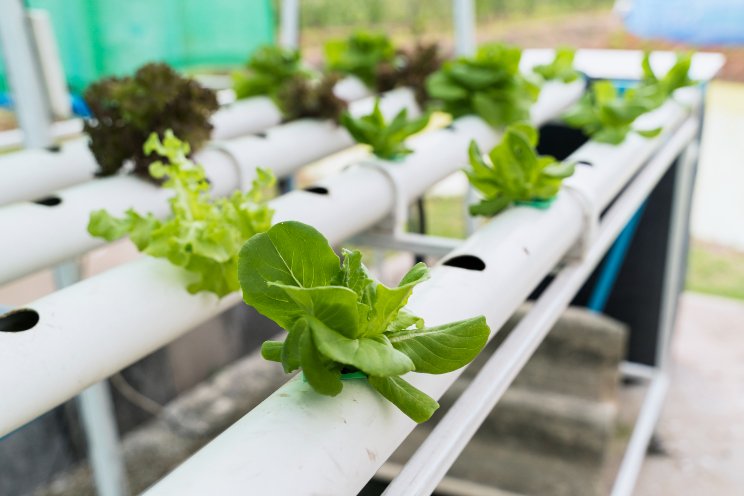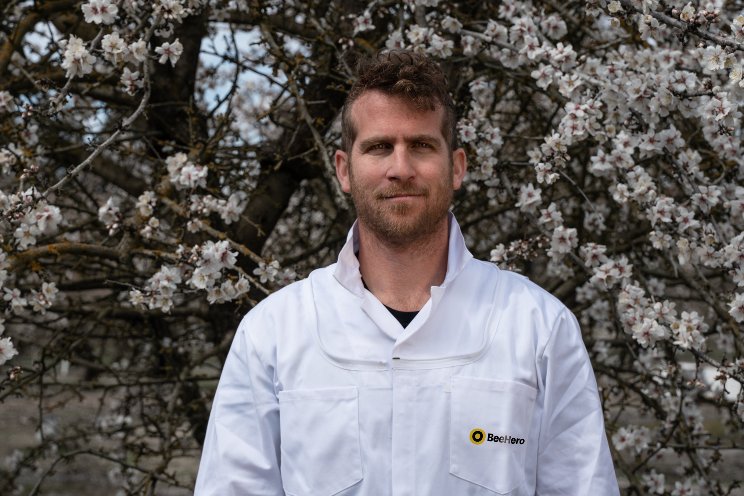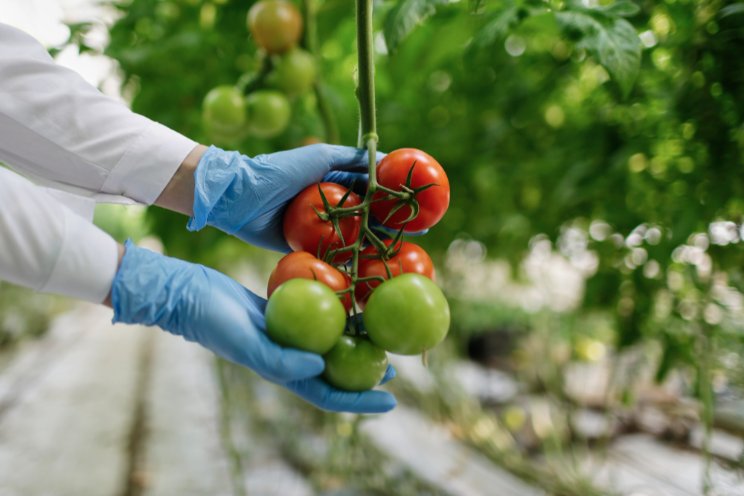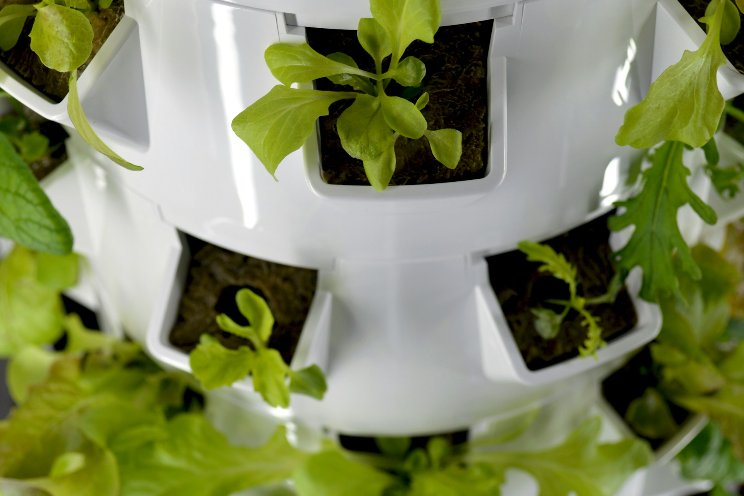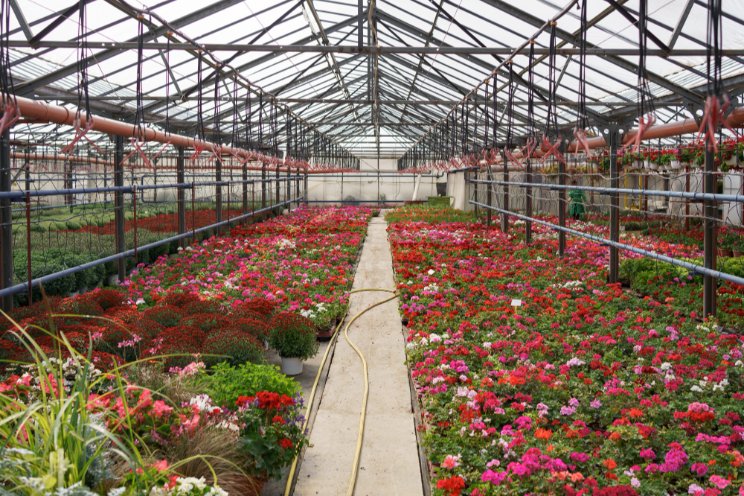Optimising IPM in medicinal cannabis crops
Added on 19 January 2023
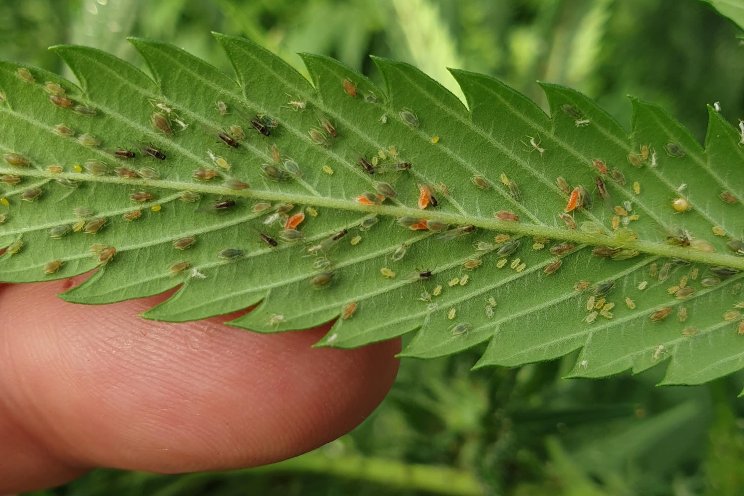
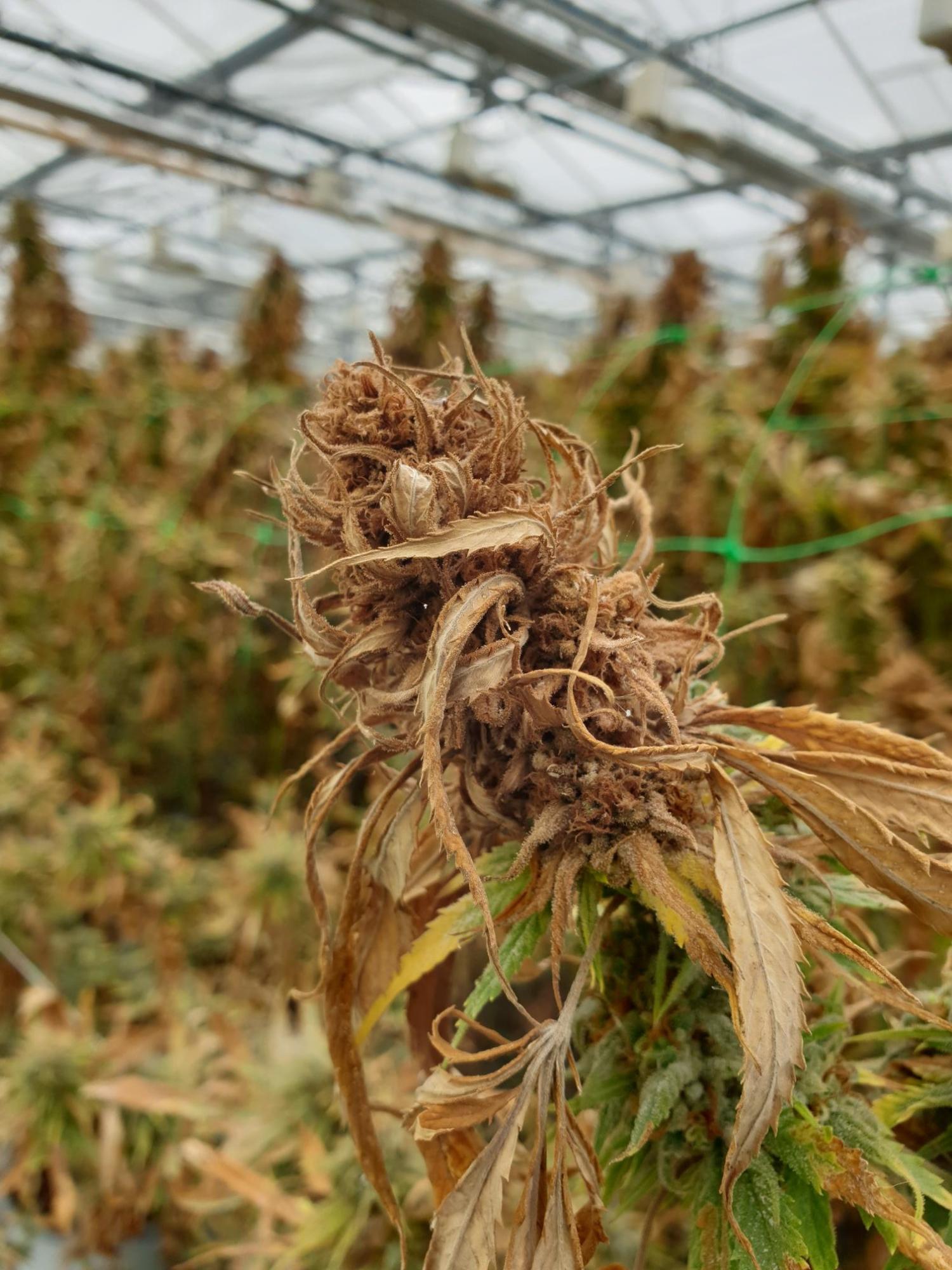
Mark Jones, sales and technical manager into Cannabis crops for Biobest UK, makes weekly visits to customers to facilitate detailed reporting - updating crop status and recording recommended adjustments to introduction rates for control agents. Here he outlines the pests and diseases commonly found and the biological and physical controls employed to control them.
Getting good control of leaf miner
Leaf miner is prevalent on most UK sites. The backbone to the control strategy is Diglyphus-System (Diglyphus isaea) - applied weekly to mother plants, during propagation and in the commercial crop. Higher rates are recommended where bench growing system are employed as predator tends to be less efficient as light levels are lower due to the increased crop density.
Mark also recommends applying Steinernema-System, containing the parasitic nematode Steinernema feltiae, during plant propagation and when plants are pot thick - prior to spacing.
“The UK team is also reporting good control of leaf miner larvae with Chrysopa-System containing Chrysoperla carnea lacewing larvae,” he says. “To optimise control, use a leaf blower or hoover to collect the leaf miner pupae which have fallen to the ground to pupate.”
Targeting challenging aphids
The Phorodon cannabis aphid is a major problem on some crops, particularly when plants are ‘flipped’ from the vegetative to flowering stage.
Mark recommends a three-pronged control strategy involving Ervi-System (Aphidius ervi), Aphidius-System (Aphidius colemani) and Chrysopa-System (Chrysoperla carnea) - with higher rates in certain crops.
The second most important species is Melon-cotton aphid (Aphis gossypii).
“Easier to control, we recommend a programme with Aphidius-System (Aphidius colemani) together with various predators - Chrysopa-System, Aphidoletes-System (Aphidoletes aphidimyza), Eupeodes-System (Eupeodes corollae) and Sphaerophoria-System (Sphaerophoria rueppellii),” explains Mark.
His top tip for improving aphid control is manual destruction by hand. “This can be highly efficient at slowing down pest development in the early crop stage,” he says. “It’s easy to see the pest on small plants when they are pot thick - prior to spacing.”
Feltiella-System seeks out spider mites
“Although considered a major pest, cannabis growers are getting excellent levels of spider mite control using Feltiella-System (Feltiella acarisuga),” says Mark.
“Highly mobile, this predator is extremely effective at locating pest outbreaks before scouting teams.
“Extremely high temperatures can slow down predator population development, while speeding up the pests,” he warns. “However, we see very good results from preventative programmes; introductions must start when the crop is planted and continue weekly up to three weeks prior to harvest.”
The strategy is strengthened by releasing Phytoseiulus-System (Phytoseiulus persimilis) into any pest hot spots.
Thrips control with Orius-System
“Thrips aren’t considered a major pest for UK cannabis growers,” says Mark. “Pest pressure can increase mid-summer - during very hot, dry conditions.
“Orius-System (Orius laevigatus) is highly effective at controlling thrips. The key is to get it established on the young crop, by applying to any hot spots - as well as the full crop. To help keep pest numbers down during establishment, it’s a good idea to introduce Swirskii-System (Amblyseius swirskii).”
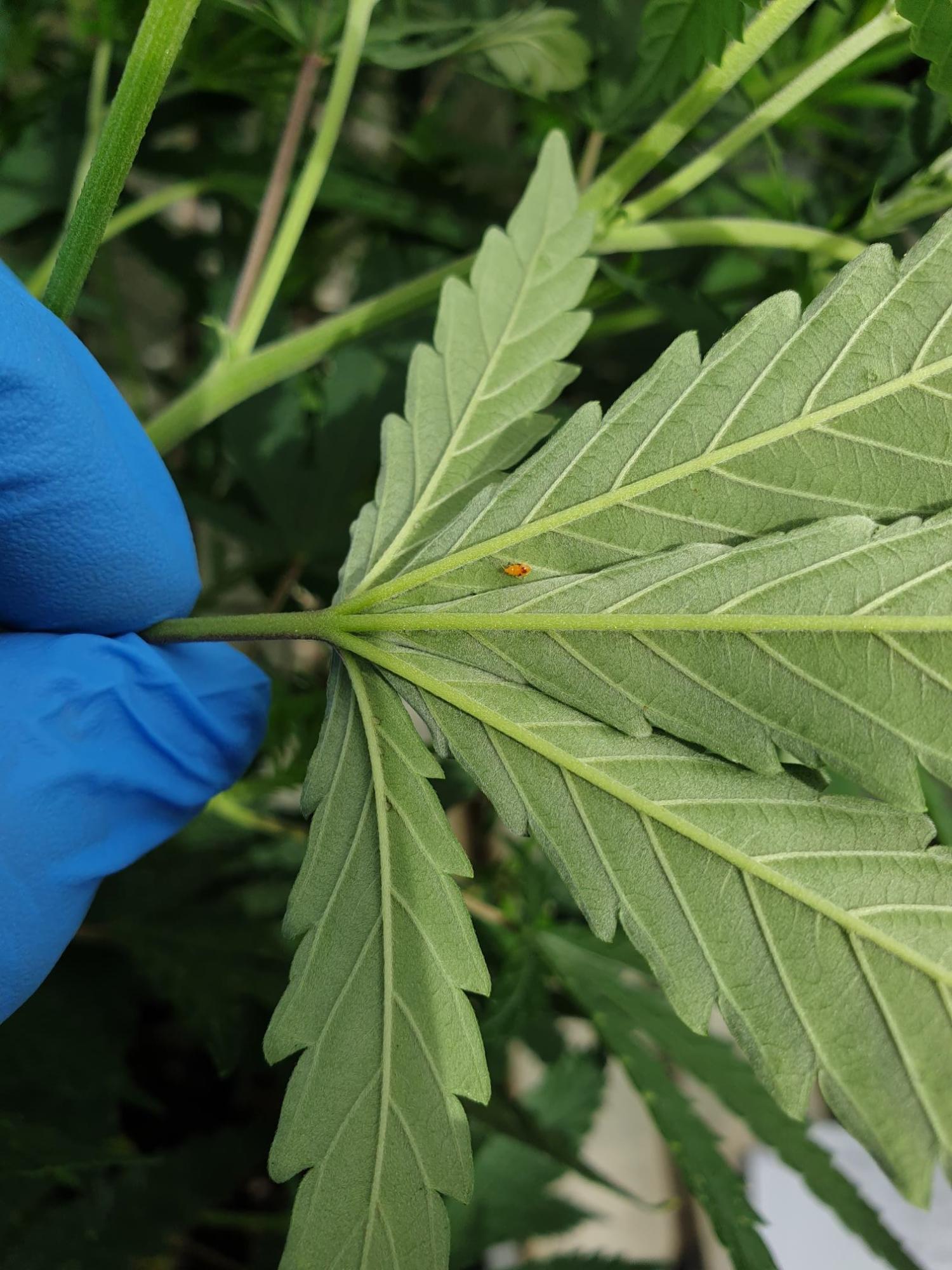
Remain vigilant for Silver-Y moth
In cannabis crops, the key caterpillar pest is the Silver-Y moth Autographa gamma.
“With the potential to arrive from mainland Europe in late summer, careful monitoring is recommended,” says Mark. “While there have been no reported problems in the last three years, UK growers should remain vigilant.
“IPM control strategies incorporate Steinernema-System and Delta pheromone traps, together with manual destruction by hand and the use of UV insect-o-cuter lamps - can also play a useful role.
Physical controls play important role
Physical control becomes an important component of IPM strategies in medicinal cannabis crops.
“In the UK crop, growers are getting good results using our contact product Protac SF®. With a physical mode of action, Protac SF® can be used to aid control of aphids, adult leaf miner, spider and whitefly. It’s particularly effective when used on younger plants, those that have recently arrived from propagation.”
Diseases
In the UK medicinal cannabis crop, powdery mildew, Botrytis and occasionally sclerotinia - with mildew and Botrytis - are the most common diseases.
“If the environment is humid, Botrytis can affect some buds late on in the cropping cycle,” says Mark.
Want to know more? Contact Lise Verachtert (lise.verachtert@biobestgroup.com).
More news


